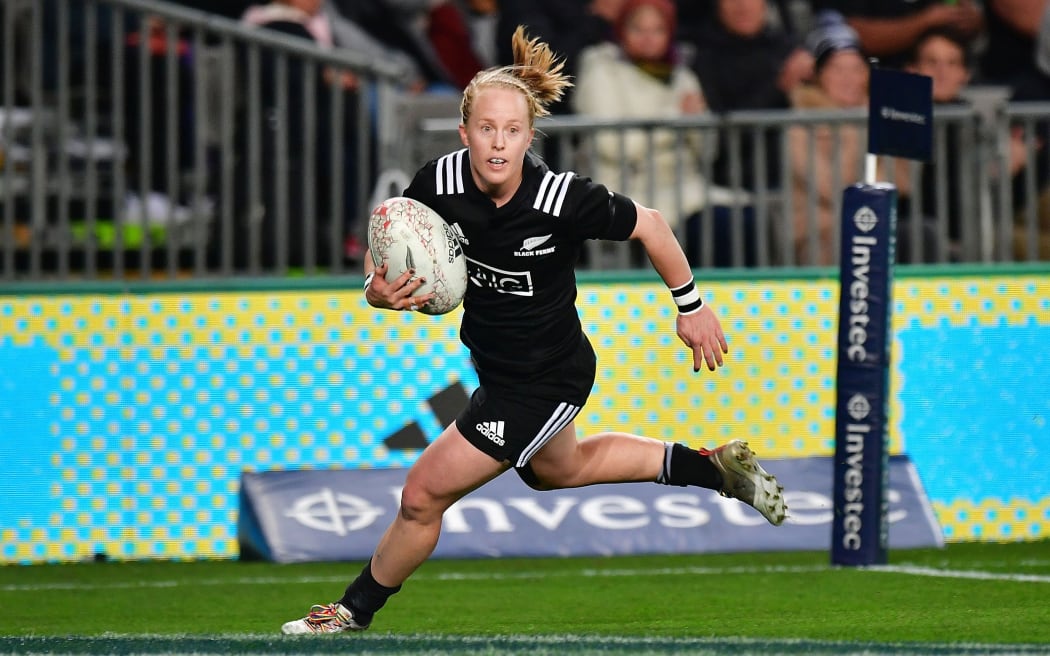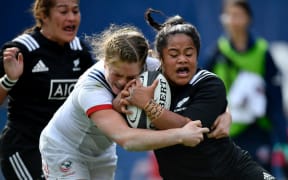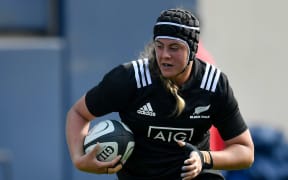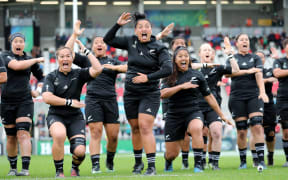Last year saw the Black Ferns win the World Cup, unearth some genuine household names, and ultimately force NZ Rugby to employ them as professional players. Much was said this year around the development of women's rugby, but did the advancements live up to the promise? Also, what does the road that lies ahead look like?

Photo: © www.Photosport.nz 2018
This current level of interest in women's rugby in New Zealand could probably be described as the third coming of the Black Ferns. The first took place when the team first assembled as the 'New Zealand Women's Rugby Team' back in 1990. The more notable spring to prominence was their first World Cup win in 1998, which was their first real showcase and showed the country just how capable they were. Vanessa Cootes became the name of the tournament by scoring four tries in the final win over the US, and it seemed like the growth of women's rugby's would go hand in hand with the game's new professional era (it also helped somewhat that the All Blacks were about to have one of their worst seasons ever, so any sort of international success that year was clung onto fervently).
However, since then it seemed as though they'd become almost a victim of their own success. Three more World Cup wins in a row meant that the team could be basically counted on to bring home the only thing they played for, and gave NZ Rugby no real reason to fund them any further.
Only a loss in the 2014 tournament in the knockout stages proved that the rest of the world was catching up. That was avenged last year when the Black Ferns won the World Cup back, due in no small part to Portia Woodman's super-sized, tournament long homage to Cootes - including eight tries in one pool match.
On the field, you'd have to say 2018 was a success. The Black Ferns smashed Australia in two tests put an even bigger hiding on the United States on their home turf then beat France before dropping the last match of the year in a high-scoring encounter.
Meanwhile, the seemingly invincible Black Ferns Sevens won their World Cup and a thrilling Commonwealth Games gold medal, while playing some of the most attractive rugby going around.
But all of that should be expected now. The announcement earlier in the season that the Black Ferns XV-a-side team would be centrally contracted obviously offered them the way to intensify their programme, but at the same time meant that they now have a serious leg up on pretty much anyone they play.
The Sevens side has received government funding for the past five years due to its status as an Olympic sport, and has reaped the benefits of being able to commit the players to a legitimately professional training schedule.
In some ways, the Sevens team's ongoing domination is a bit of a blessing and a curse. While it means that our highest profile players are constantly playing (and winning), the priority for the abbreviated version of the game means that those same players aren't going to be seen playing test match rugby any time soon. Which also means they are constantly offshore, in fact their upcoming appearance at the Hamilton Sevens in a non-World Series four team tournament will be the first time they've ever played in New Zealand.
Not that the Black Ferns are a constant presence at local stadiums anyway. They had one home match this season, at Eden Park, as part of a two match curtain-raiser for the Bledisloe Cup fixtures. Again, just how well this actually worked is up for debate - while the official crowd numbers in Sydney and Auckland were over 20,000, both grounds were virtually deserted at kickoff and those figures need to be asterisked with the fact that an All Black test was kicking off straight afterwards.
Do the Black Ferns stay tethered to the All Blacks for their test matches? To move them somewhere separate and smaller would be kind of admitting defeat, so if they are to remain as a double-bill then both sides need to be far more integrated in their approach.
Captain's runs on the eve of a test match are, essentially, glorified photo opportunities. NZ Rugby missed a huge chance to get the All Blacks and Black Ferns training together at Eden Park, with the women having their run across town. A week earlier in Sydney, interview windows for both teams clashed, leading to an understandable dearth of attention from the traveling NZ media for the Black Ferns.
While these details can and should be ironed out, there are problems that are out of NZ Rugby's hands. The NRL have launched their own women's competition, which would seriously dilute the talent pool of female players if it became a viable alternative.
International rivals for the Black Ferns remain scarce outside of World Cup years, and while France's recent win does signal a decent investment in the game there, it's hard to see either side traveling to play one another on a regular basis. The two wins over Australia simply showed just how far the Wallaroos programme has to go to catch up. Talk of matches involving the Pacific Islands is noble, but hard to see just how viable that would be just yet given the constantly perilous financial state of their respective unions.
But while sustainability is probably the biggest issue facing the women's game, the positives are in abundance as well. Female participation in rugby is up 14.6 percent to just under 28,000 registered players. Kendra Cocksedge was the first woman to win Kel Tremain player of the year award beating out three All Blacks. Probably the biggest win came in the announcement of the hosting rights for the 2021 Rugby World Cup.
While the Black Ferns should be immensely proud of what they've achieved so far, the job isn't done yet. The Prime Minister wore a Black Ferns jersey to their game at Eden Park, but they remain unavailable to the general public due to concerns over whether they'll sell. That fact alone says a lot about just how tentative the people in charge are regarding the commercial viability of the team.
Somewhere along the line, though, the bullet needs to be bitten. The Black Ferns are the closest thing to the All Blacks there is (an open, XV-a-side national rugby team) and represent the fasting growing demographic of the game in New Zealand. That should be enough on its own to inject some new ideas into how to promote them in the lead up to the next World Cup.
Otherwise it'll just be the same story as 20 years ago, with the public going back to regarding them as just another rep side due to complacency-ridden stagnation. Given their incredibly successful history, they deserve better than that.






